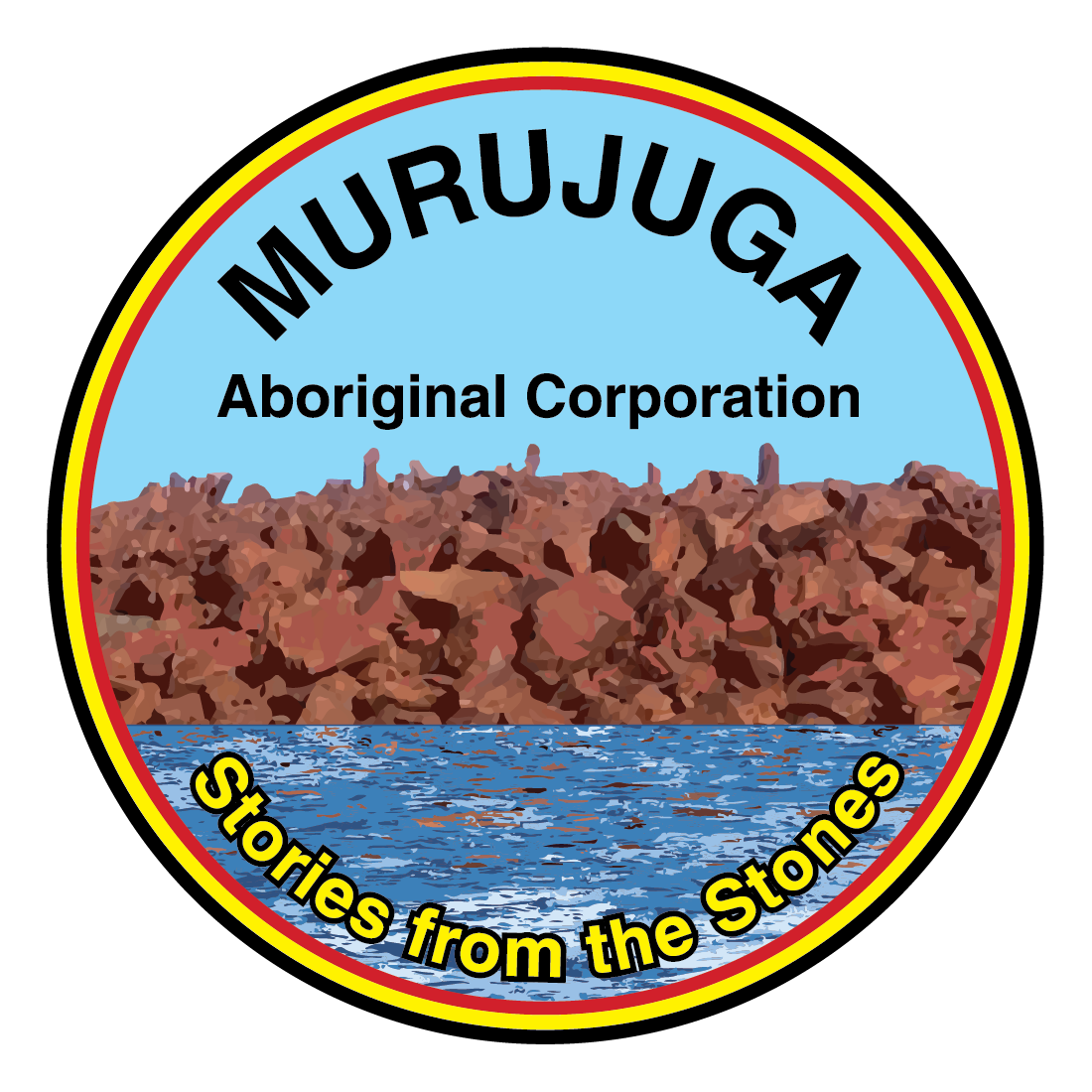
This opinion piece was originally published in the National Indigenous Times on 16 March 2023. View it here.
In the case of Murujuga —the rock art-rich Burrup Peninsula and nearby Dampier Archipelago in northern Western Australia — you’d be hard pressed to find anyone who does not want Murujuga’s million-plus petroglyphs protected for future generations.
The Murujuga Aboriginal Corporation (MAC), representing five traditional owner and custodial groups, lives by the words Ngayintharri Gumawarni Ngurrangga (We all come together for country).
And while I am not a Ngarluma, Mardudhunera, Yaburara, Yindjibarndi or Wong-Goo-Tt-Oo man, I am a proud South-West Boojarah Wardandi Noongar with a profound respect for Country and I believe these are words we should all live by.
As the cultural authority for Murujuga, MAC is partnering with the WA Department Water and Environmental Regulation (DWER) and working with stakeholders to ensure the ongoing protection of Murujuga’s world-famous petroglyphs through one of the most comprehensive studies of its kind ever undertaken anywhere.
The Murujuga Rock Art Monitoring Program is a significant expansion in resources and scope to previous research into potential impacts from industry emissions on Murujuga’s rock art.
The program has combined cultural and scientific perspectives to select the 45 locations across the Burrup Peninsula and Dampier Archipelago for monitoring and research. This includes the 21 new air quality monitoring stations and 54 representative rock art panels for observation, 65 sample rocks, and 26 three dimensional environmental mapping sites and laser scanning areas.
The leading organic geochemist on the Murujuga Rock Art Monitoring Program is the 2022 Western Australian Scientist of the Year Professor Kliti Grice. Having scientists of the calibre of Professor Grice means the quality of the program and its results will be world class.
In my capacity as independent Chair of the Murujuga Rock Art Stakeholder Reference Group, I am privileged to witness some of this best practice monitoring and analysis evolve to provide information and trends on the condition of this collection of extraordinary cultural and spiritual significance.
This monitoring will determine if the rock art – some of which estimated to be 50,000 years old – is showing signs of accelerated change. There has been considerable amount of commentary and published articles claiming impacts on the rock art caused by emissions from nearby industry on Murujuga.
However, insufficient study sites, flawed methodology and a small number of rock types and samples has meant the studies to date have not provided a conclusive answer as to whether anthropogenic emissions are impacting Murujuga’s rock art.
The Murujuga Rock Art Monitoring Program is providing a rigorous and comprehensive scientific approach to this valid area of investigation and will provide the much-needed evidence on which to base decisions regarding any regulations that are required to protect the petroglyphs from any emissions.
The results from the first full year of monitoring studies and the interim Environmental Quality Criteria will available mid-2023. The monitoring data will be made public following independent peer review.
MAC’s Rangers are working in partnership with scientists in the project team to deliver all fieldwork and will take greater responsibility for the monitoring through to 2025, at which point MAC will take over the field program.
The one thing we can all agree on is that Murujuga’s rock art, heritage and culture must be protected.
Professor Stephen van Leeuwen is the Chair of the Murujuga Rock Art Stakeholder Reference Group (SRG).
In addition to supporting the Murujuga Aboriginal Corporation as primary decision-maker, the SRG provides advice to government on the key strategic issues relating to the protection of the rock art on Murujuga.

